When we think of heartbreaking animal behaviors, snakes rarely come to mind. These reptiles, often misunderstood and feared, display fascinating yet sometimes devastating behaviors in their natural habitats that can elicit unexpected empathy from observers. While we typically associate emotional responses with mammals, wild snakes face numerous challenges that manifest in behaviors that, when viewed through a compassionate lens, can be genuinely heartbreaking. From desperate survival tactics to maternal sacrifices and responses to human encroachment, these cold-blooded creatures exhibit behaviors that reveal their vulnerability in a harsh world. This exploration into the more poignant aspects of snake behavior offers a unique perspective on these remarkable reptiles and the challenges they face in the wild.
Maternal Sacrifice in Pythons

Female pythons exhibit one of the most moving displays of maternal dedication in the reptile world through their brooding behavior. Unlike most reptiles, python mothers wrap their bodies around their eggs and contract their muscles repeatedly to generate heat, raising their body temperature by several degrees to ensure proper embryonic development. This act of maternal care comes at a tremendous cost – pythons may lose up to half their body weight during this period as they don’t leave to feed, sometimes for over two months. The heartbreaking reality is that this selfless act significantly reduces the mother’s chances of survival, especially in harsh environments where food scarcity follows the breeding season. In some documented cases, python mothers have died of starvation shortly after their eggs hatched, having sacrificed everything for their offspring’s survival.
Starvation Behaviors During Drought
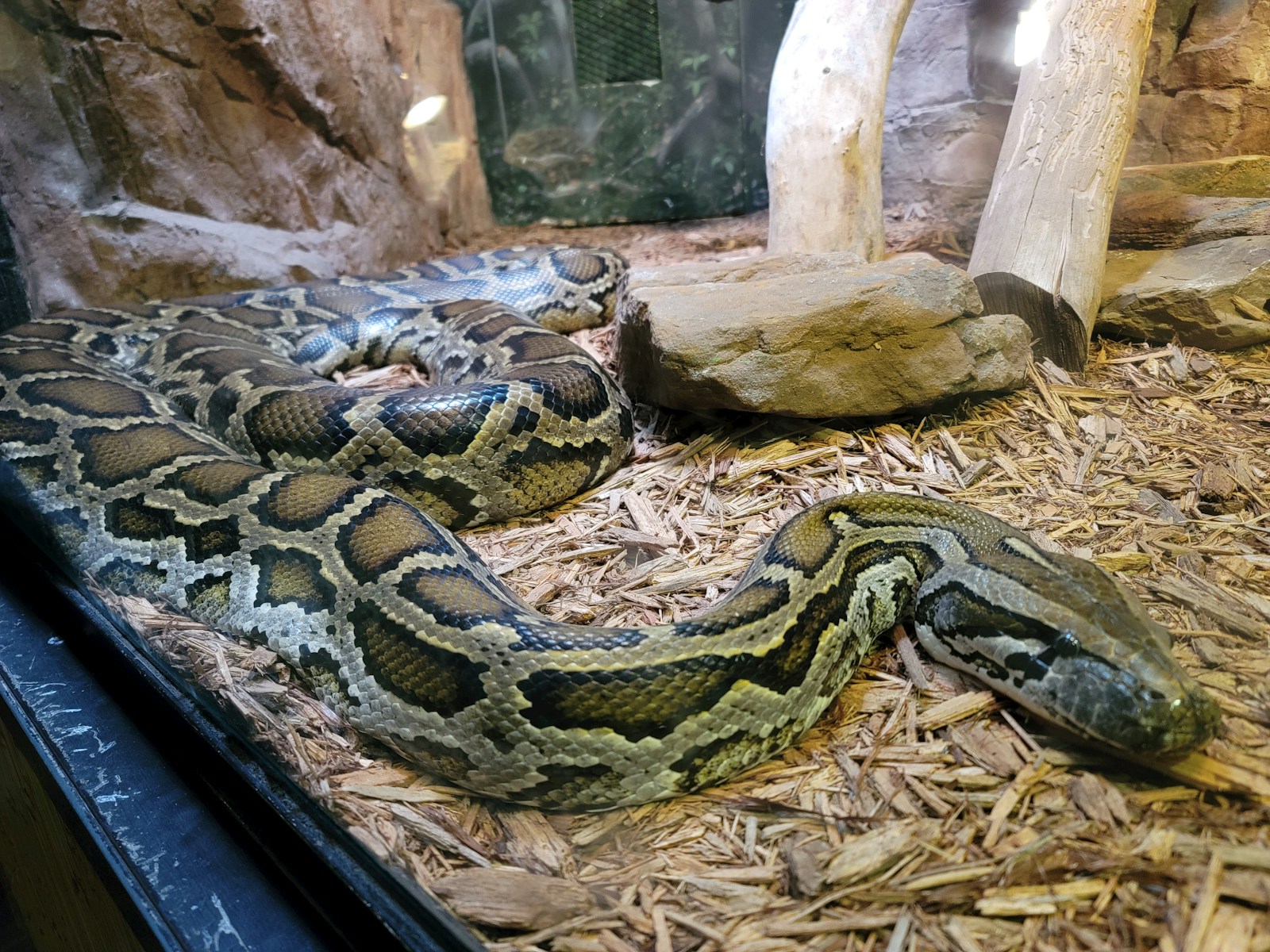
During extended droughts, many snake species exhibit desperate behaviors as they face severe food shortages. Researchers have observed emaciated snakes attempting to hunt despite being too weak to effectively strike or constrict prey, leading to failed hunting attempts that further deplete their limited energy reserves. Some species become so desperate they resort to consuming unusual items like small rocks or sticks, behaviors thought to be triggered by extreme hunger overriding their normal prey recognition systems. Perhaps most distressing is when snakes are found with their ribs visible through their skin, often in death poses suggesting they continued searching for food until their final moments. These starvation behaviors highlight the vulnerability of even these highly adapted predators to environmental extremes that are becoming more common with climate change.
Death Feigning Under Extreme Stress
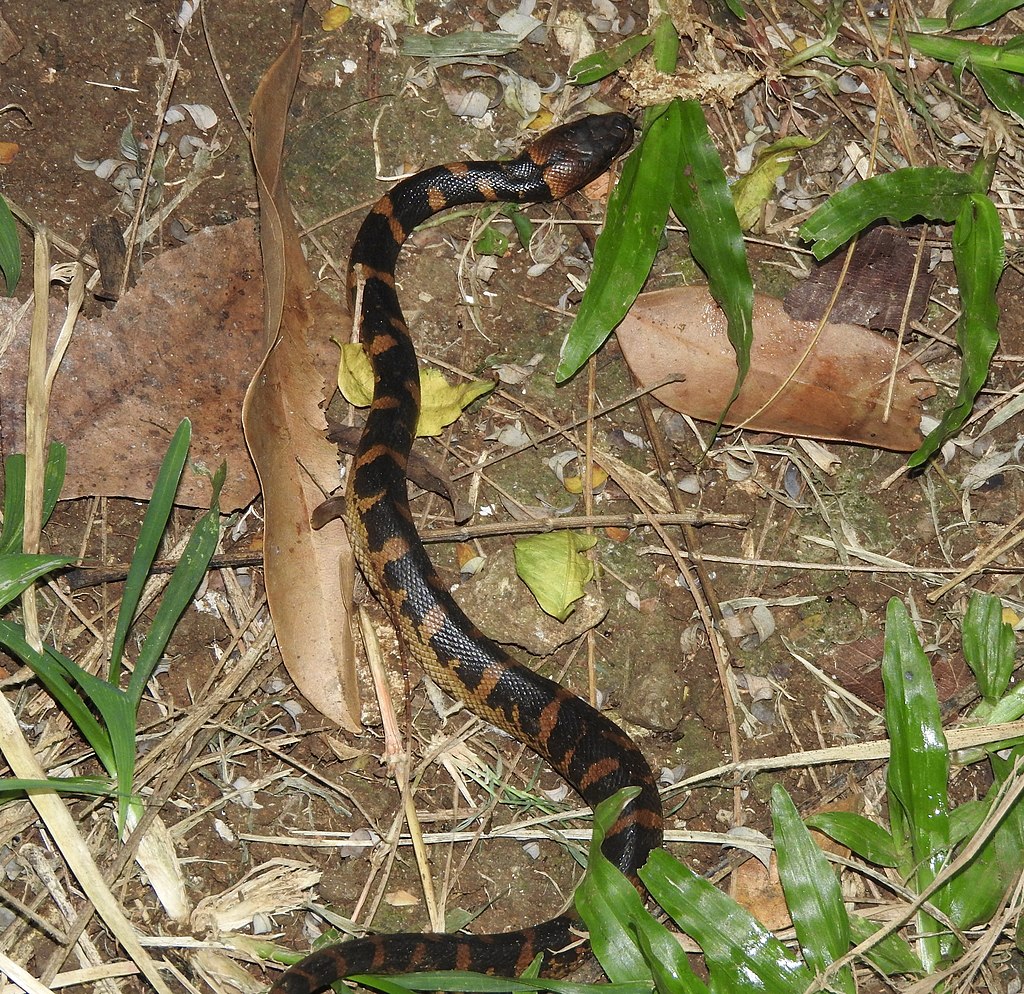
When faced with overwhelming threats, several snake species resort to thanatosis – the dramatic behavior better known as death-feigning or playing dead. Species like the hognose snake take this performance to remarkable extremes, rolling onto their backs, hanging their tongues out, and even emitting a putrid musk that mimics the smell of decomposition. What makes this behavior particularly poignant is that it represents the snake’s absolute last resort when all other defensive strategies have failed. The snake essentially accepts its perceived fate, becoming completely vulnerable in a final desperate attempt to survive. Scientists have documented individual snakes remaining in this death-like state for hours, even when physically manipulated or moved, demonstrating the extreme psychological stress these animals experience when they feel their life is truly at risk.
Orphaned Neonatal Behavior

Newly hatched or born snakes that lose their mothers face heartbreaking challenges, particularly in viviparous (live-bearing) species where maternal guidance can be crucial. These orphaned neonates often display disoriented movement patterns, repeatedly returning to the site where their mother died or was killed, apparently searching for her presence. Without maternal protection, these vulnerable young snakes experience significantly higher predation rates, with some studies suggesting mortality rates exceeding 90% in orphaned rattlesnake neonates compared to those with maternal protection. Researchers have observed orphaned snake babies exhibiting unusual clustering behaviors, desperately piling together for warmth and security typically provided by their mother. These behaviors highlight the often overlooked importance of maternal care in certain snake species and the devastating consequences when it’s abruptly removed.
Self-Destructive Responses to Captivity

When wild snakes are suddenly captured and confined, they sometimes display behaviors that can only be described as self-destructive. Some species, particularly nervous types like certain kingsnakes and racers, may repeatedly rub their snouts against enclosure walls until they cause severe abrasions and even expose bone, a condition known as “cage rub” that reflects extreme psychological distress. Others may refuse food entirely, essentially choosing starvation over adaptation to captivity, with documented cases of healthy wild-caught snakes refusing food for over a year until death. Perhaps most disturbing is the phenomenon of stress-induced regurgitation, where repeatedly frightened captive snakes forcefully expel recently consumed meals, sometimes causing internal damage in the process. These behaviors reveal the profound impact of removing these animals from their natural environment and the deep psychological suffering they can experience in captivity.
Failed Predator Evasion Attempts
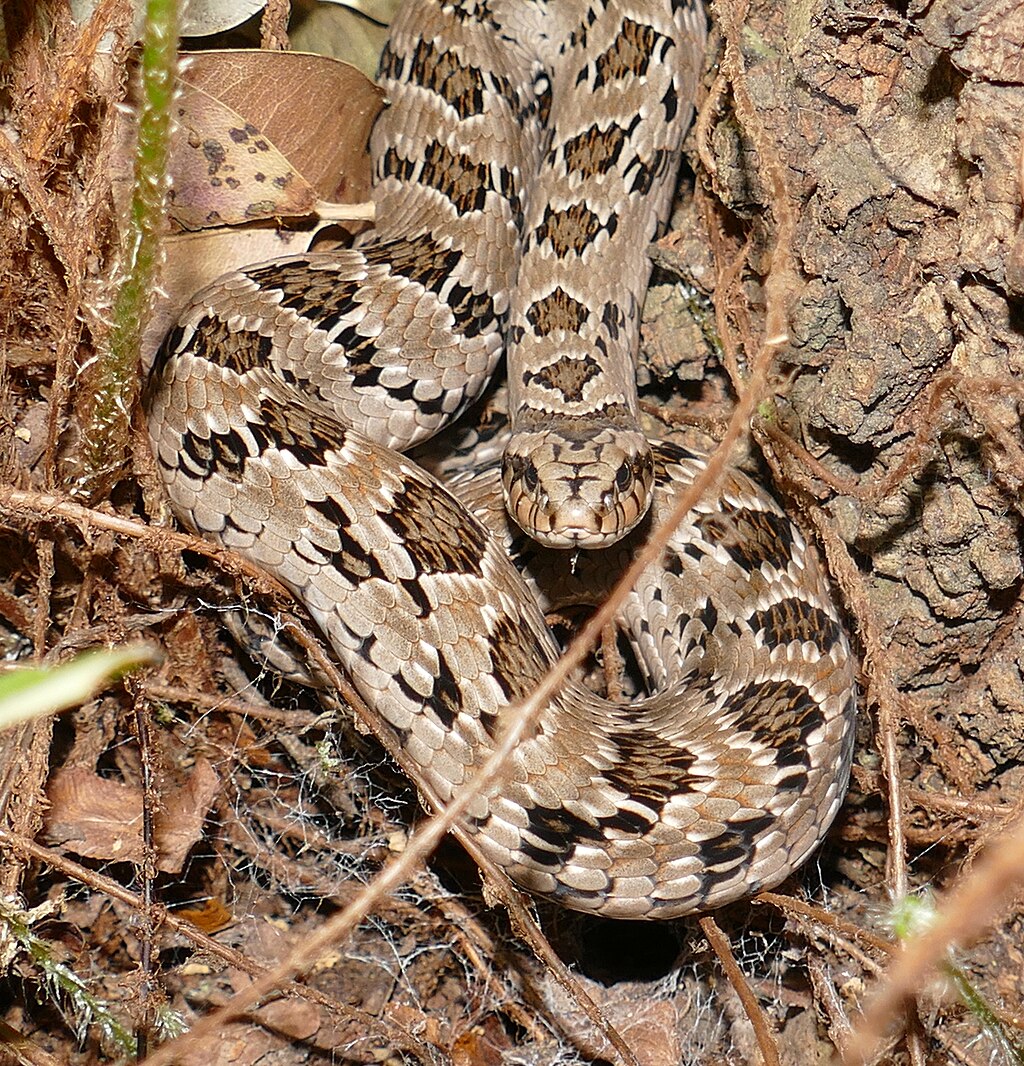
When cornered by predators, some snake species engage in last-ditch defensive displays that, when unsuccessful, become particularly heartbreaking to observe. The sidewinder rattlesnake, for example, will throw its body into elaborate S-shaped coils while rapidly vibrating its tail, a desperate warning display that often fails against predators like roadrunners or kit foxes that have evolved immunity to their venom. Desert species like the shovel-nosed snake will “swim” into loose sand as a final escape attempt, but when the substrate isn’t deep enough, they continue the swimming motion futilely on the surface, fully exposed to predators. Researchers have documented instances where cornered snakes, after exhausting all defensive options, will sometimes freeze completely, appearing to accept their fate in a behavior that eerily resembles resignation. These failed defensive behaviors highlight the precarious existence these animals lead and the constant threat of predation they face.
Desperate Winter Survival Tactics
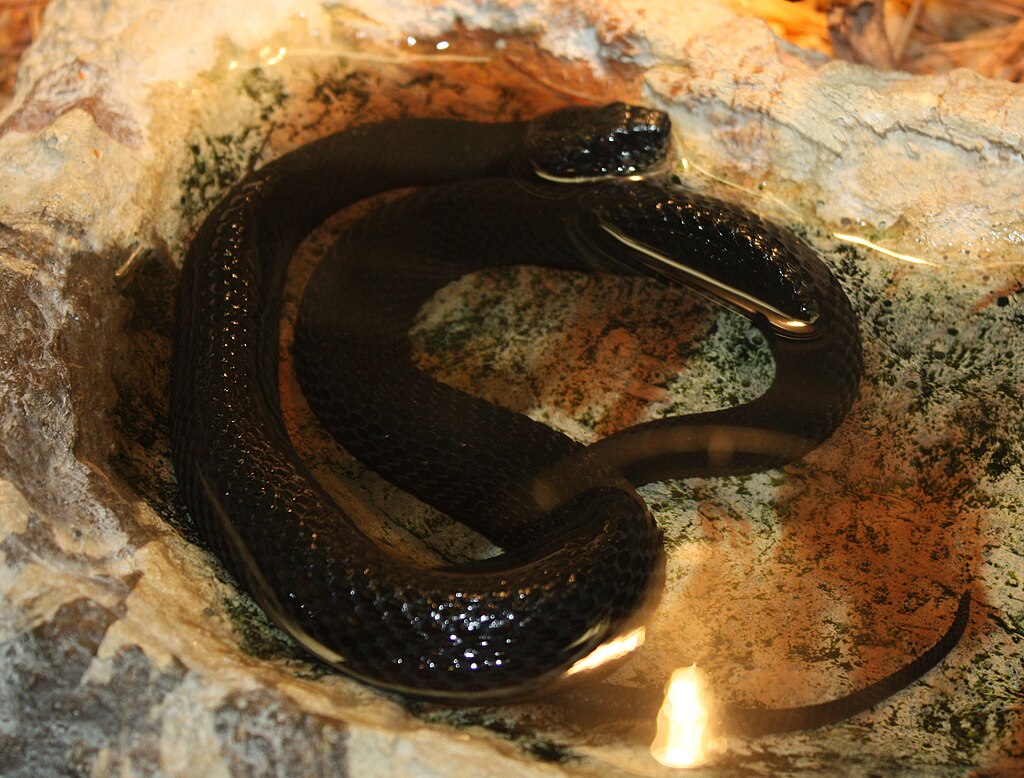
In regions with harsh winters, snakes that fail to find adequate hibernation sites display a series of increasingly desperate behaviors as temperatures drop to lethal levels. Researchers have documented snakes frantically digging at frozen ground, repeatedly attempting to access burrows or crevices that would have provided safety if found earlier in the season. Some species have been observed clustering in dangerously exposed locations, piling together in a final attempt to conserve body heat when proper hibernacula are unavailable. Perhaps most distressing are the observations of snakes emerging during brief winter warm spells, desperately seeking new shelter when their chosen hibernation site proves inadequate, only to be caught in sudden temperature drops that lead to freezing deaths. These behaviors reveal the fine line between survival and death for ectothermic animals in seasonal environments and the desperate measures they take when natural patterns are disrupted.
Disorientation After Habitat Destruction
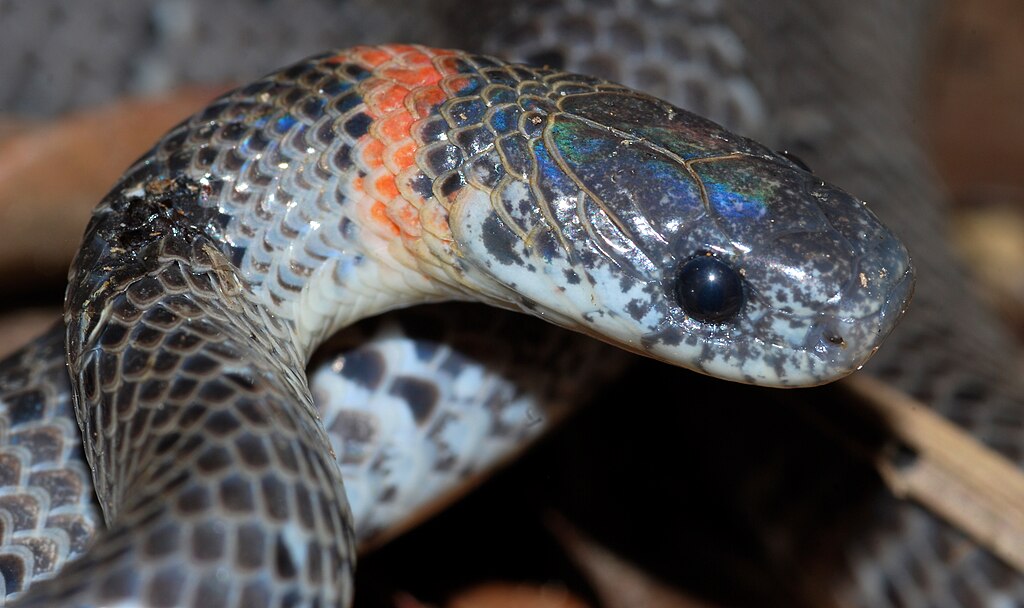
When their habitats are suddenly destroyed through human activities like deforestation or development, snakes exhibit profoundly disoriented behaviors that speak to their deep connection to their home ranges. Researchers tracking displaced snakes have recorded individuals repeatedly returning to the exact locations where their shelter sites once stood, sometimes continuing this pattern for weeks despite the complete transformation of the landscape. Some species display abnormal movement patterns following habitat destruction, making erratic directional changes and covering distances far greater than their normal daily movements in what appears to be desperate searching behavior. In particularly disturbing cases, displaced snakes have been observed coiling in fully exposed areas during daylight hours, abandoning their normal cryptic behavior as if all their survival instincts have been disrupted by the loss of familiar territory. These behaviors highlight the devastating psychological impact of habitat destruction on animals that rely heavily on spatial memory and familiarity with their environment.
Maternal Abandonment Under Threat
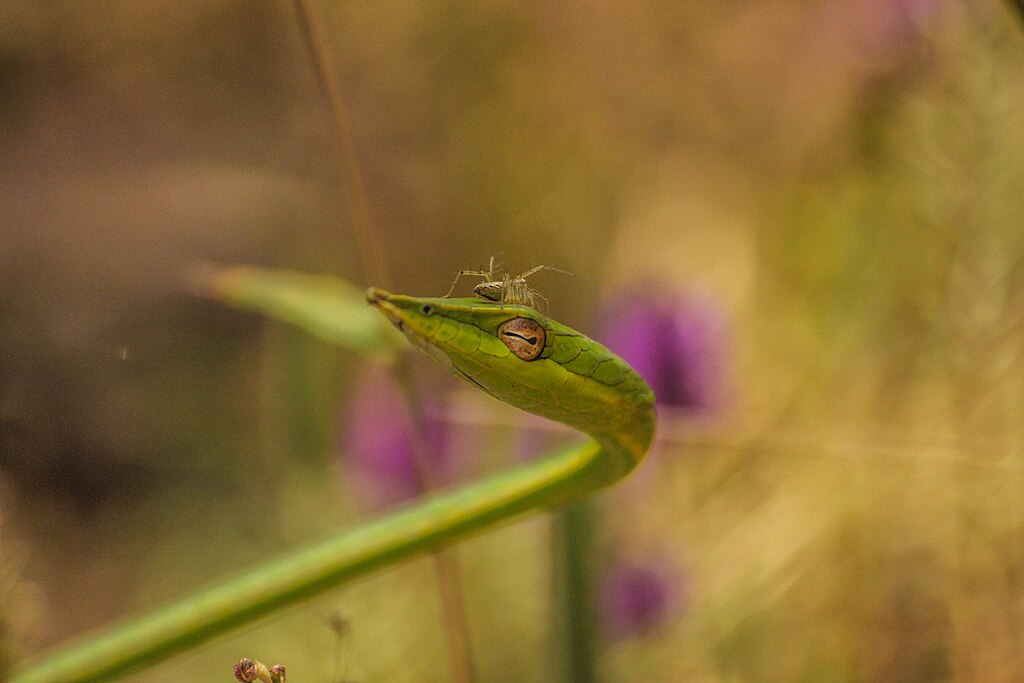
In certain snake species that provide maternal care, mothers may abandon their eggs or offspring when faced with severe threats, creating one of the most heartbreaking scenarios in reptile behavior. Female African rock pythons, normally devoted mothers, have been documented deserting their egg clutches when repeatedly disturbed by humans or predators, leaving their developing offspring vulnerable to temperature fluctuations and predation. Researchers studying rattlesnakes have observed that in areas with high human traffic, birthing females are significantly more likely to abandon their newborns within the first 24 hours compared to those in undisturbed areas. The psychological conflict is evident in the mother’s behavior – they often return repeatedly to the vicinity of their abandoned offspring but maintain a distance that leaves the young without protection. This forced choice between self-preservation and maternal care represents one of the most direct ways human disturbance creates heartbreaking behavioral changes in wild snake populations.
Injury-Induced Abnormal Behavior

Snakes that survive severe injuries but with permanent damage display some of the most distressing behavioral changes in the reptile world. Partially paralyzed snakes, often victims of failed predation attempts or human encounters, may develop “circling” behaviors where they can only move in one direction, creating heartbreaking scenarios where they cannot effectively hunt or find shelter. Blind snakes from eye injuries frequently strike at imaginary threats and miss actual prey items by significant margins, slowly starving despite their best efforts to feed. Perhaps most disturbing are the observations of snakes with severe spinal injuries attempting to mate during breeding season, dragging paralyzed portions of their bodies in determined but futile efforts to participate in reproduction. These behaviors highlight both the remarkable tenacity of these animals and the profound suffering they endure when permanently injured yet still driven by biological imperatives they can no longer fulfill.
Roadside Distress Behaviors
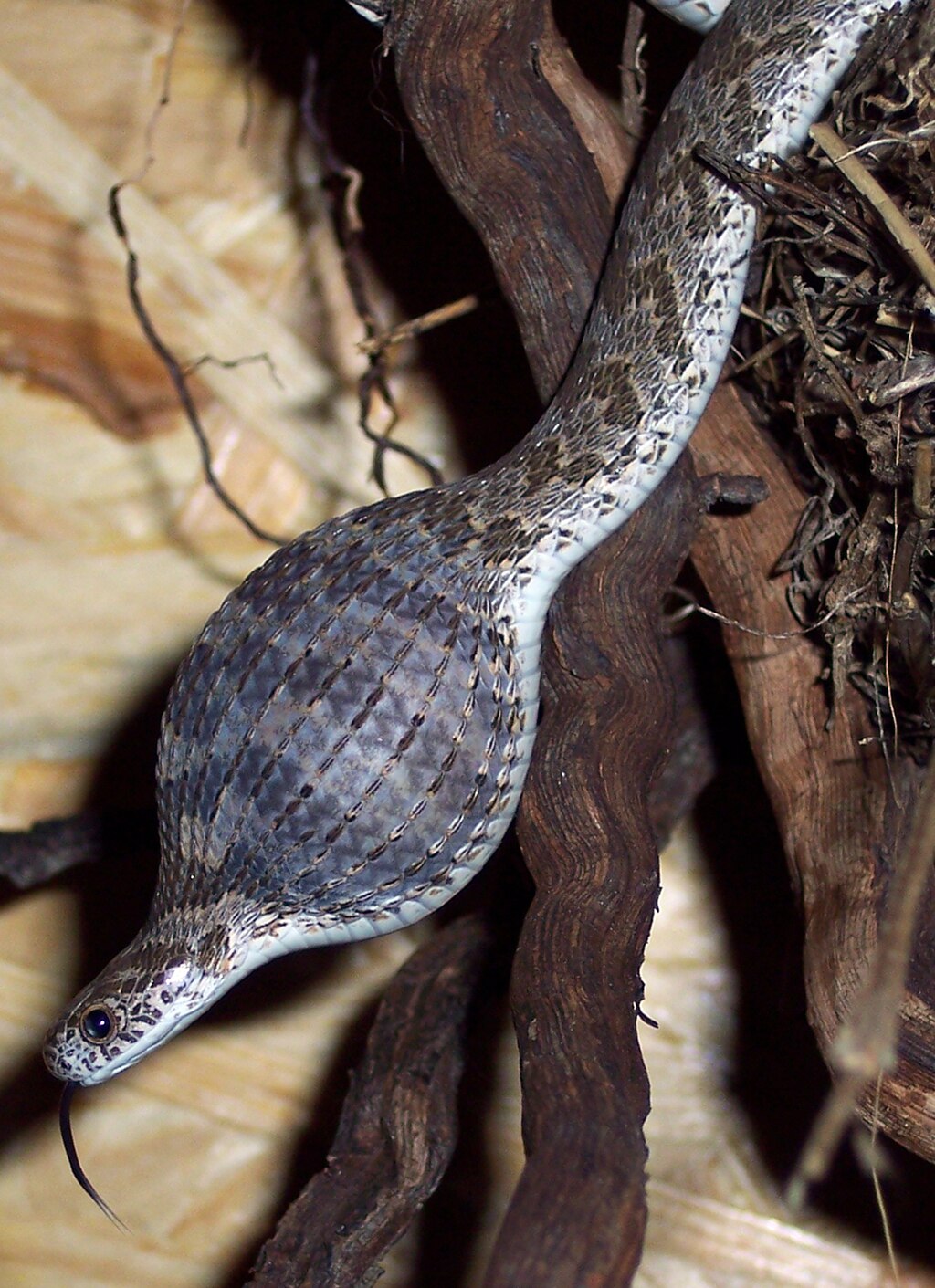
Snakes stranded on roads or injured by vehicles exhibit particularly distressing behaviors that reflect their confusion and suffering. Partially crushed snakes may continue attempting to move forward using the uninjured portions of their bodies, making minimal progress while leaving behind trails that indicate their desperate struggle. Thermal imaging studies have shown that snakes trapped on hot asphalt experience critical body temperatures yet continue attempting to cross rather than retreat, seemingly unable to override their directional imperative despite the lethal conditions. Researchers have documented instances where injured snakes on roadways will repeatedly attempt to strike at approaching vehicles, a futile defensive behavior that often leads to their complete destruction under multiple tires. These roadside behaviors represent one of the most visible examples of snake suffering caused by human infrastructure and highlight the devastating consequences of our transportation networks on wildlife that lack the cognitive capacity to understand or avoid these artificial dangers.
Mass Mortality Events Following Environmental Changes

When facing sudden environmental shifts, snake populations sometimes exhibit collective behaviors that can only be described as heartbreaking in their futility. Following severe flooding events, arboreal species that rarely encounter water have been observed attempting to climb completely submerged vegetation, repeatedly swimming to the surface for air before diving again in desperate attempts to reach their former habitats that no longer exist above water. During extended heat waves, normally solitary species may gather in unusual numbers around dwindling water sources, abandoning territorial behaviors but often dying en masse as these last resources evaporate. Perhaps most disturbing are the observations following wildfires, where researchers have documented snakes returning to their incinerated shelter sites and remaining there despite the complete absence of cover or food, behaviorally anchored to locations that no longer provide any survival advantage. These collective responses to environmental catastrophes reveal both the behavioral limitations of these animals when facing novel threats and the growing challenges they face in rapidly changing ecosystems.
Empathy and Conservation Implications
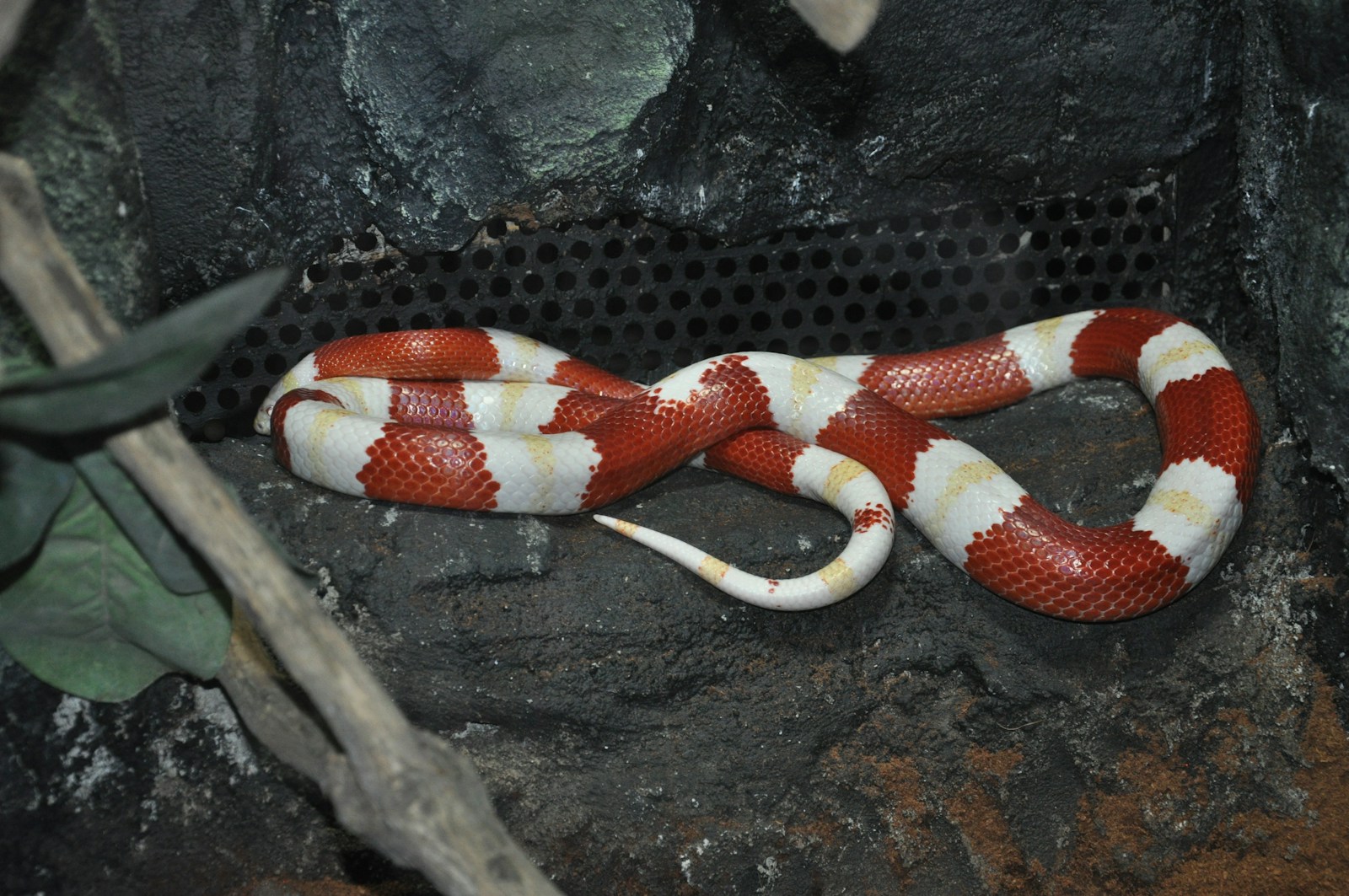
The heartbreaking behaviors exhibited by wild snakes carry significant implications for both our emotional responses to these animals and our conservation efforts on their behalf. When humans witness behaviors like maternal sacrifice or desperate survival attempts, neurological studies show activation of the same empathy circuits that respond to mammalian suffering, challenging long-held beliefs that we can only empathize with “cute” or familiar species. Conservation psychologists have found that education about these behaviors significantly increases public support for snake protection initiatives, with documented cases where community attitudes shifted from fear to concern after learning about the struggles these animals face. Perhaps most importantly, understanding these behaviors provides crucial insights for conservation biologists developing habitat preservation strategies, highlighting the need to protect not just physical habitat but the behavioral patterns and social structures that allow these ancient reptiles to thrive. By recognizing the capacity for suffering in these often-maligned animals, we open new pathways for their protection in an increasingly challenging world.
As we’ve explored these heartbreaking behaviors in wild snakes, we gain a new perspective on creatures often viewed with fear rather than empathy. These behaviors – from maternal sacrifice to desperate survival attempts – reveal the complex lives of snakes and the many challenges they face in the wild. Understanding these aspects of snake behavior not only deepens our appreciation for these remarkable reptiles but also strengthens the case for their conservation. In recognizing the capacity for suffering in snakes, we expand our circle of moral concern to include these often misunderstood animals, acknowledging that all living creatures face struggles worthy of our compassion and protection.





